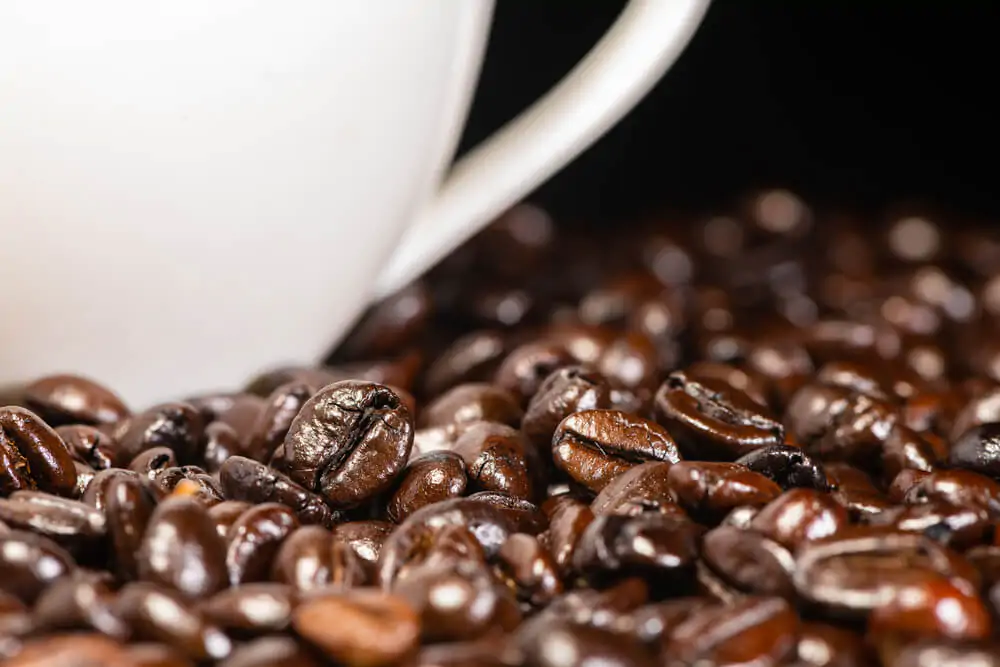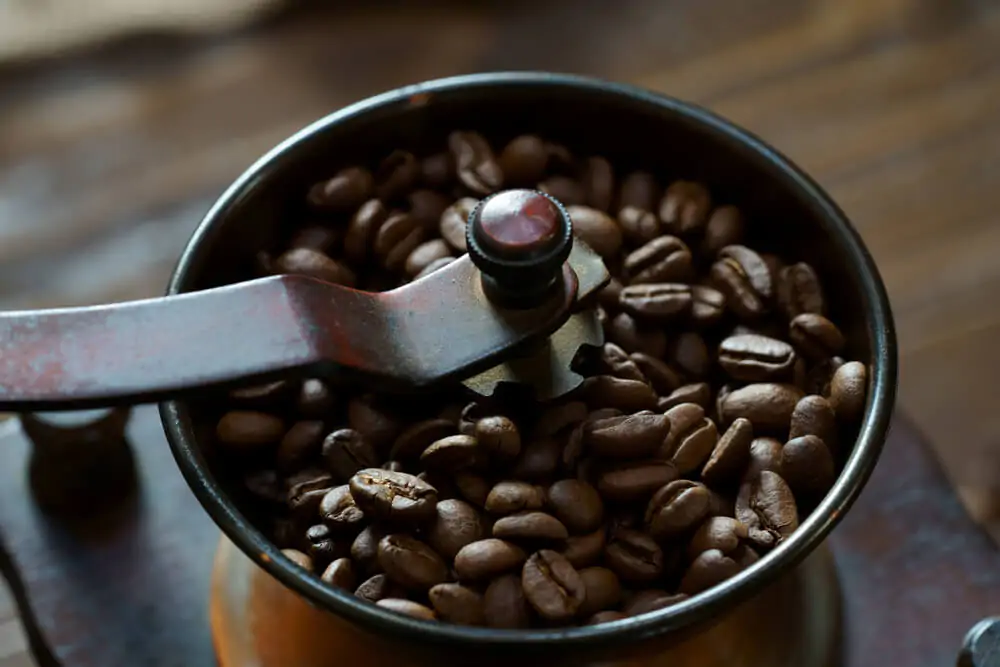A common belief among some coffee lovers is that oily coffee beans are better for brewing, but is there any basis for this? Read on to learn are oily coffee beans better.

One of my go-to hobbies is browsing social media to look for unique coffee blends which I can try at home. I often encounter a high-contrast picture of coffee beans glistening. I sometimes blame these ads for creating misconceptions in the coffee world.
Shakespeare warned us before, “all that glitters is not gold.” It can be appetizing to look at, but we have to be clear, oily beans don’t necessarily mean better quality for your cup of Joe.
Coffee Beans Are Naturally Oily

There are several reasons why your coffee bean is shining more than usual. It may be because the beans you purchased naturally contain more oils.
It is also possible that the beans were over-roasted. Prolonged exposure to heat allows the oil to be extracted from the beans. It is the reason why dark roast coffee beans are shiny and aromatic.
Another is that they may have been left on the shelf for a few weeks, leaving them exposed to air or heat. Oil secretion doesn’t stop after the roasting process, and the initial oily coating will evaporate after quite some time.
You might want to check out our explainer on why some coffee beans are oily to learn more.
Debunking The Oily Misconceptions
The old timers will say that the shinier the coffee bean, the fresher it is. Well, that depends. If the roaster is going for a dark roast, then an oil coating indicates that it is fresh.
However, if you see oil on light roast or medium roast, you might want to check the roast dates because chances are it’s been sitting on the shelf for too long. It will start to go stale once this oil coating starts to evaporate.
In terms of flavor, oily dark roasts will emit a stronger aroma and give a bolder and more robust flavor, but there is a time limit. Oxidation is the oil’s number one concern once the roasting process ends. As oxygen interacts with the oil coatings on your beans, it turns lipids into peroxide, making the flavor rancid, acidic, and bitter.
So, brew your oily dark coffee beans before it goes rancid. It’s perfect for those who love espresso as more oil generally translates to stronger flavor and thicker crema! Check out our Why roastery coffee to learn more.
Do Not Grind Oily Coffee Beans

Oily coffee beans are bad news for your coffee grinder, whether manual or electric. The most dangerous reason is that the oily coffee grounds will clog up your grinder, especially if you do this daily.
The real problem starts if there are places cleaning can’t reach. These grounds will solidify and turn into a clay-like clump. It’s only a matter of time before the machine overheats and becomes a fire hazard.
This will also affect the taste of your cup of Joe as those clay grounds are still stuck and will eventually go rancid.
These problems aren’t exclusive to coffee grinders. Espresso machines can get affected as well. Make sure to clean your apparatus every use if you can’t avoid grinding oily coffee beans.
You might want to consider a burr grinder as its effectiveness on oily beans is encouraging. Additionally, most burrs are easy to disassemble and clean! You can also read our guide on the best coffee grinders for home use to help you decide!
Can You Remove The Oil From These Coffee Beans?
Technically speaking, you can remove the oil by washing it, but it would be unwise to do so as you’ll be removing a considerable amount of flavor and aroma from your java.
One thing worth trying is placing the coffee beans on a sheet pan covered with paper towels on the bottom and then slowly pat the top part repeatedly until you see the shine on your coffee beans diminish.
Another interesting method is by using salt since it can absorb oil!
Cover the bottom part of your container with salt before putting the coffee beans in evenly. Fill the rest of the container with salt, close it, and let it sit for at least an hour or until you see the salt become oily. Remove the coffee beans and dust the salt residues with a paper towel.

